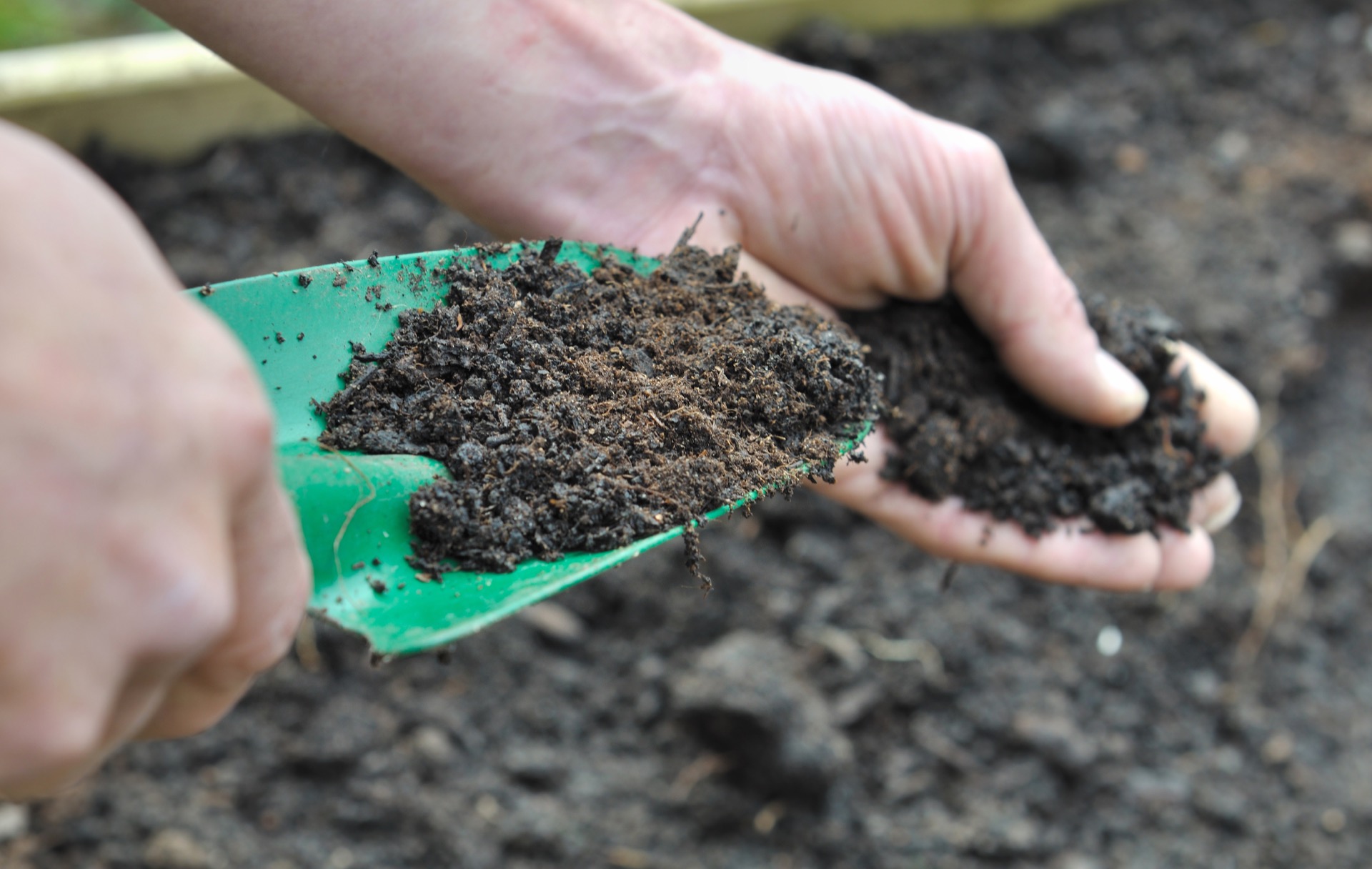
13 Feb How to make high-quality compost from livestock manures
Anyone with a farm that runs dairy cows or livestock is keenly aware that a natural byproduct is an excess of manure and slurries.
The amount of waste produced depends on the breed, the amount of feed, the extent of animal confinement, and the animals’ weight. A typical high-producing lactating dairy cow can produce up to 65 kg of waste daily.
Converting this material into a stabilised and sanitised compost, ready to use on pastures and crops for agriculture, is a sustainable alternative to bought-in fertilisers. Plus, it’s a great way to reduce some of the replacement nutrients that need to go onto farms.
Not only is it cheaper, but it also reduces waste and helps build carbon and biological diversity in the soil – ideal for growing nutrient-rich livestock feed.
The composting process
Composting is a bio-oxidative process involving mineralisation and partial humification of organic material.
Microorganisms break down organic materials in an aerobic environment, producing stable and usable organic substances known as compost.
Proper waste management is crucial to mitigate any harmful environmental impacts. This process eliminates pathogens, parasites, and weed seeds, reduces waste volume, and generates a valuable soil amendment.
Essentials of Effective Livestock Waste Management
To make great compost, you need four key ingredients: organic material, microorganisms, moisture, and oxygen.
- During composting, microorganisms break down organic wastes in a heat-generating process. These microorganisms (bacteria and fungi) work best in a warm, damp, well-aerated environment. The right temperature will also kill weed seeds and pathogens in the raw waste material.
- As well as maintaining the right temperature, you need to turn the composting materials often. Using a composting thermometer, check that the interior of the compost heap is at an ideal temperature -between 45°C and 55°C. Higher temperatures may kill the composting organisms.
- Avoid too much water in your compost pile. This can create anaerobic conditions that are not conducive to the composting process. Aim for 50% to 60% on a wet weight basis (50g water in 50g dry matter) – the material should be crumbly.
- As well as controlling factors like aeration and temperature, you’ll need to monitor any loss of nutrients (NKP) and ammonia. Losses will be minimised if managed properly and the materials are balanced right. If you get the process right, you’ll gain some valuable soluble nutrients, particularly nitrogen, through the biological process.
How to produce quality compost in three weeks
Left to its own devices, your effluent pond might take months to break down into useable compost.
Using a microbial-based effluent starter such as our IGNITION Organic* Compost Starter and Effluent Digester will speed up the process to just three weeks in ideal conditions.
Why does Ignition improve the composting process?
We’ve carefully selected the right combination of ingredients to increase the quality of your compost. They include:
- BLOOD MEAL is high in Nitrogen, which stimulates the microbes to break down compost and manure sludge materials. It also helps balance the Nitrogen (green material) and Carbon (brown material) ratio in compost piles. The result? This energy is much more readily available when the compost or effluent sludge is applied to the soil.
- FISH MEAL is high in Phosphorus and Nitrogen, allowing the bacteria and fungi in your compost piles or effluent ponds to proliferate.
- BONE MEAL is a rich source of Phosphorus and Calcium.
- MICROBES are an inoculant for compost heap and manure sludge. We’ve chosen the best bacteria for an effective and quick breakdown of waste materials. Our microbial blend: Bacillus subtilis, Enterococcus faecium, Lactobacillus plantarum, Lactobacillus casei, Pediococcus pentosaceus, Aspergillus oryzae, Aspergillus niger, Saccharomyces cerevisiae.
- HUMIC FULVIC is a fungal stimulant. It buffers excess salt and toxins. Humic and Fulvic are concentrated Carbon sources.
One thing we’ve found through our work and in reviewing the composting on numerous farms is that if the process is managed successfully, you’ll reduce odour. This is because you’ve created the right conditions where those volatile elements are kept under control by the biology that is in Biolink Ignition.
But the best result is that once the process of composting is completed, these ingredients will boost nutrient uptake in plants and pasture and stimulates plant growth.
How to use IGNITION Organic* Compost Starter and Effluent Digester
- Add an initial three buckets to your small to medium-sized effluent pond.
- Then, every three months after that, add one or two buckets depending on the amount of material in the pond.
- Add 25 kgs per megalitre of effluent material in a large effluent pond or catchment.
Using IGNITION Organic* Compost Starter and Effluent Digester won’t cost the Earth
We recommend applying 30-45kgs every three months depending on the size of your effluent system. This works out at about $660/3 months.
One of the big challenges of intensive livestock farming is the huge amount of biodegradable waste that’s generated. Through effective composting, farmers have a ready-made, economical source of fertiliser for their fields and crops.
And by using Ignition, you’ll also see the benefits in better quality crops and healthier animals.
Get in touch to discuss the best way to use Ignition on your farm.



